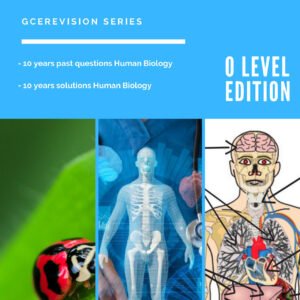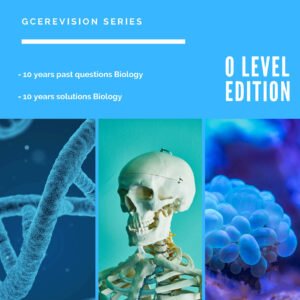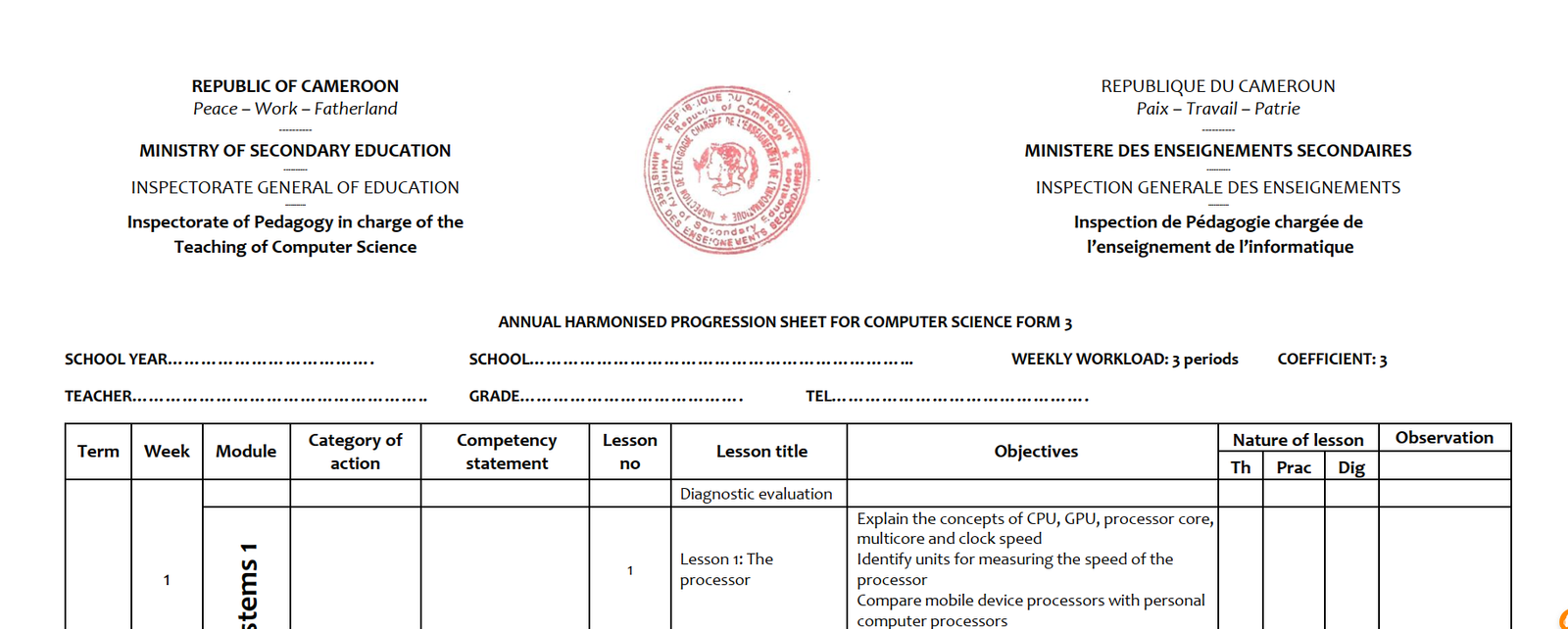CHAPTER TWO
2. TAXONOMY
2.1. NUMERICAL TAXOMONY
This is a system of classification that uses a very large number of characteristics (about 100) to classify organisms. Possible ecological relationship are ignored. Numeric taxonomy is possible with the help of a computer.
2.2. CLADISM OR CLADISTICS
It is the most natural system of classification that is based on ancestral. The point where a new group branches from a common ancestor is decisive point when a new specie arises by evolution.
2.3. SPECIMENT IDENTIFICATION
The identification of living organism is made by use of biological key in which observable morphological features are diagnosed. A biological key is also known as a diagnostic key. In this keys, short pairs of phrases or statement or words called leads are used to bring are used to bring out the visible diagnostic features. Size, color and mode of feeding are not used in specimen identification. The identification is artificial and phenetic since it depends on the appearance (phenotype) of the organisms to separate them.
Two types of biological keys are used
- Dichotomous key
- Flow key
In this key, organisms are separated at each point into two groups that is one organism is completely distinguished from the rest. Example: Separate the following organisms using a dichotomous key.
Diagram://///////////////////////////////////////////////////////////////
Note: in a dichotomous key one key (branch) is always less than the total number of organisms given for example in the above situation, there are five organisms and four keys or lead have been used to separate them you can start with any characteristics of your choice because there is no particular pattern
b. FLOW KEY:
In this key, a table is drawn with the different features in the first vertical column and the organisms in the first horizontal column. specific features related to each organism are ticked and those not related are crossed example.
Diagram://///////////////////////////////////////////////////////////////












Abu baruta
April 17, 2023
It feels good to join you guys